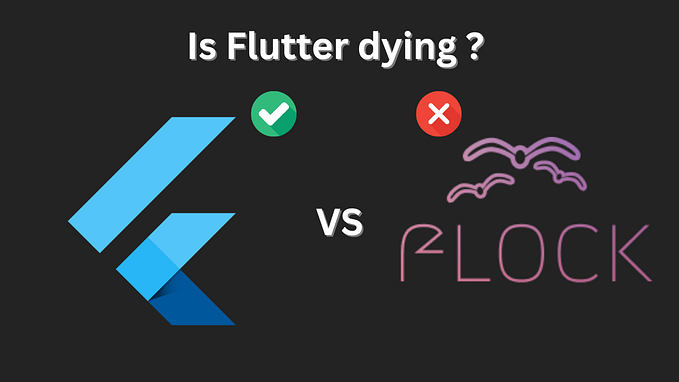Bluetooth and NFC and it’s usage in the automotive sector.
In this blog, we are going to see what Bluetooth and NFC are and their usage in the automotive sector.
While NFC and Bluetooth technologies are similar as they both rely on wireless transfer techniques, in a sense they are very different in terms of their actual functionality.
Bluetooth
Bluetooth is a wireless technology that enables data sharing over a short distance without the use of cables. Bluetooth can be used on your mobile device to transfer files or connect to other Bluetooth-capable devices. Bluetooth Low Energy is a wireless personal area network technology. Bluetooth Low Energy is designed to offer significantly lower power consumption and cost while maintaining a similar communication range as compared to standard Bluetooth. Bluetooth, while not as secure, as NFC, opens up a larger connection range and is most often used on wireless devices such as headphones and audio speakers.

Consumers can use their own mobile devices, which are built into modern smartphones, wearables, and tablets, to communicate with any Bluetooth low-energy-enabled device. Given that almost everyone has a smartphone these days, Bluetooth low energy is attractive for use in automotive applications. Smartphones and cars are becoming virtually connected in order to enhance driver and passenger convenience and bring a consumer’s customized entertainment and connected experience into the vehicle environment safely and easily. Examples of smartphone-based Bluetooth low-energy automobile applications include:
• Smart vehicle access: With encrypted information recognized by the car that enables certain functions like lock, unlock, and engine start, the driver’s smartphone serves as a virtual key. Bluetooth Low Energy can be used for two-way communications between the phone and the vehicle.
• Car sharing: A dynamic virtual key used for smart vehicle access enables a convenient and safe way to lend and hire cars. The required codes for accessing the designated car are delivered to the smartphone app. Bluetooth low-energy communications authenticate the codes on the smartphone as the driver approaches the vehicle, allowing access to some features.
• Vehicle diagnostics information: Using Bluetooth Low Energy, car diagnostic data, such as tire pressure, fuel level, battery status, and temperature, can be communicated straight from the vehicle to a smartphone.
• Driver assistance and personalization: The car can detect the driver’s smartphone as they get close, turning on interior and/or exterior lighting, adjusting the seat settings, ventilation and air conditioning settings, and media settings.
- Piloted/assisted/remote parking: The idea behind it is simple: the user exits the car, takes out their smartphone, opens an app, and the car drives to a nearby parking space. In small parking areas where manual parking is challenging and getting in and out of the car is nearly impossible owing to space restrictions, piloted parking is a very effective and practical technique to park a car. The sensing and maneuvering operations required to self-park involve many sensors located around the vehicle as well as embedded intelligence inside the vehicle. Bluetooth Low Energy can be used for communication between the automobile and the smartphone app in order to start and control the parking.

NFC
NFC is a short-range wireless technology that enhances the intelligence of your smartphone, tablet, wearables, payment cards, and other gadgets. The peak of connection is near-field communications. Whether you’re paying bills, exchanging business cards, downloading coupons, or sharing a research paper, NFC allows you to transfer information across devices swiftly and simply with a single touch. NFC is best used over short distances to securely send small amounts of data; hence, it is commonly used for access control and payments.

The most well-known application of NFC in cars is possibly smart or keyless ignition. NFC offers a quick and secure means to connect your phone to a car’s infotainment system; therefore, it has many uses in the automobile industry beyond access. Hold the phone close to the dashboard of the car to pair Bluetooth without fretting. NFC can assist mechanics and auto technicians in diagnosing and resolving issues as well, which goes beyond simply making life easier for drivers. An NFC-enabled phone can be a helpful tool to display error codes and diagnostic information as vehicles increasingly incorporate electronics and embedded computers. In electric vehicles, battery management is vital to maintaining the battery’s lifetime, maximizing the charge stored, and hence the range available.

I hope you enjoyed the content, and I thank you for your time. Happy Learning.








